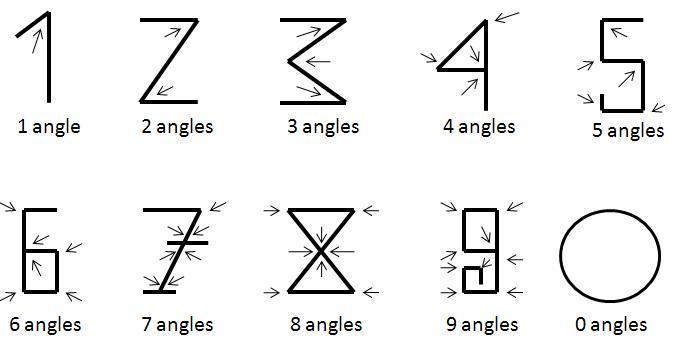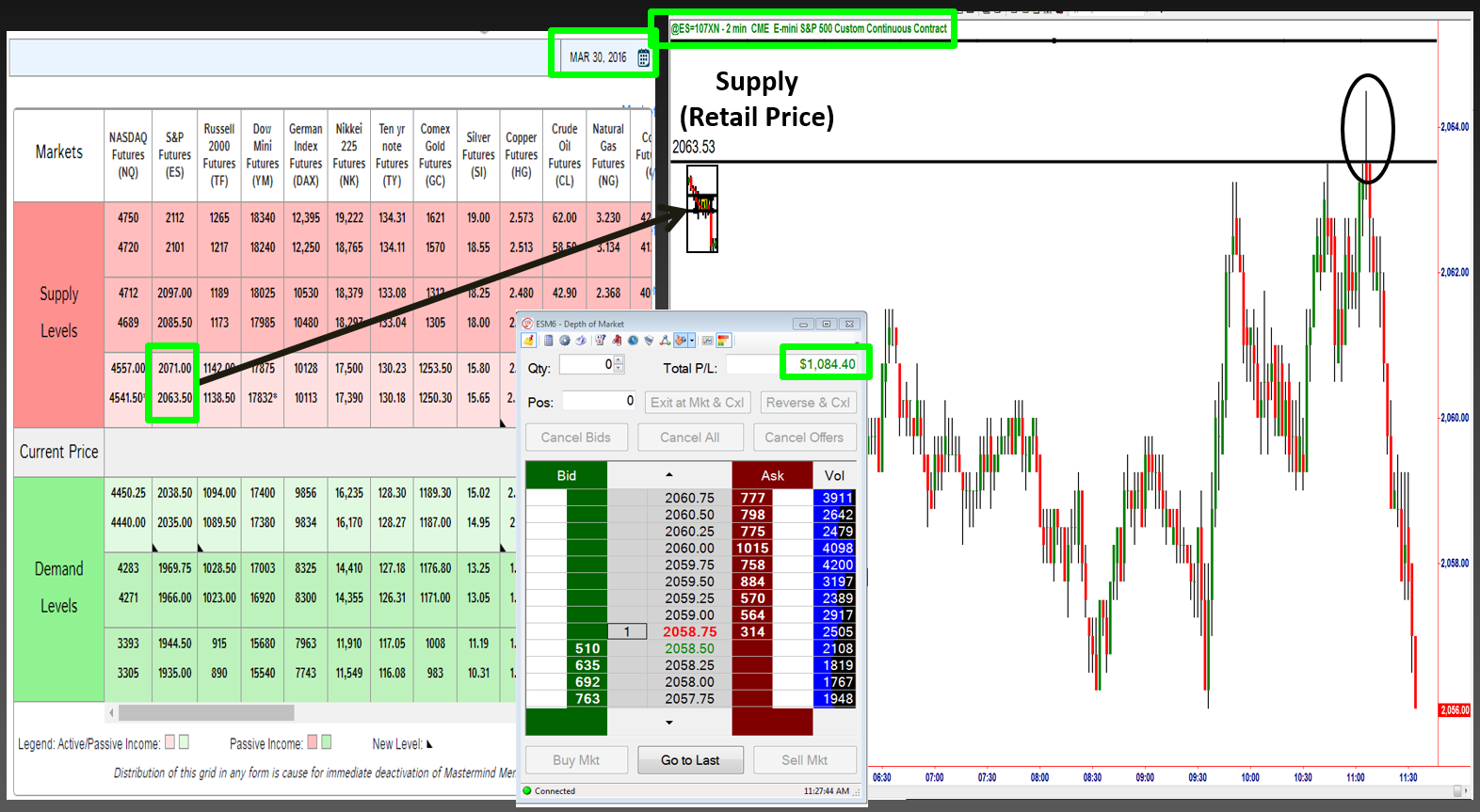
Occam’s Razor, a scientific principle that suggests the simplest answer is typically the right answer to a given question. This is truly a principle I have lived by simply because it works. I am always fascinated with the origin of things and specifically, the simple thought process behind the idea. For example, have you ever wondered about the origin of numbers? I mean, the numbers 1 – 10 are a part of our everyday life. We see them everywhere, on street signs as we drive, at every store we shop at, on television, in every room in our home whether they are on a clock, in a book, on a kitchen appliance, a scale in our bathroom and so on. Numbers are everywhere, but do you know why they look like they do? Another interesting everyday item is money. Have you ever wondered where “currency” started and how?
Foreign Currency (Forex) trading traces its history centuries back since before the Babylonians. While they were the ones credited with the first use of paper notes and receipts, forms of currency had existed for quite some time already. In the beginning, the value of goods and services was expressed in terms of other goods and services, also called “the barter system”. Limitations of this system were the catalyst for establishing more generally accepted mediums of exchange.
The evolution of means of payment and a reliable store of value began with stones, teeth and feathers. This gave way to metals such as gold and silver. Next, it was governmental paper money. Before the First World War, most Central Banks supported their currencies with convertibility to gold. However, according to some, the gold exchange standard had its weakness of boom-bust patterns. As economies moved more and more to paper money not supported by gold other problems arose. I could go on and on but that is the origin of money in a nut shell. As you can see, money started out very simple with gold, silver, and so on… Of course, leave it to people to complicate things but that’s another story.
Let’s take a look at something even simpler than money; let’s look at how numbers started and why they look the way they do. The number system we use today (1, 2, 3, 4, 5…) is called the Arabic Numbers System. We also have the Roman Number System (I, II, III, IV, V…) which is rarely used in everyday life. While Arabs popularized Arabic numbers they actually date back to Phoenician merchants, according to most historians. Why does one look like 1, two look like 2 and so on? The answer is extremely simple. They are all “angles”.
When it comes to successful buying and selling in markets as a trader or investor, how this actually works is also quite simple yet most completely over complicate it.
March 30th, 2016 – Supply Demand Grid
S&P Income Trading Profit: $1,084.00
Price charts clearly show us “wholesale” (demand) and “retail” (supply) price points in any and all markets. News, indicators, opinions, economic reports and so on are not what Wall Street uses to make successful trading and investing decisions. They simply focus on buying at wholesale prices and selling at retail prices, like I did on the chart above.
Whether it’s trading, or numbers, or how you tie yours shoes, the simple approach is typically the right one to take.
Hope this was helpful. Have a great day.
Note: All information on this page is subject to change. The use of this website constitutes acceptance of our user agreement. Please read our privacy policy and legal disclaimer. Opinions expressed at FXstreet.com are those of the individual authors and do not necessarily represent the opinion of FXstreet.com or its management. Risk Disclosure: Trading foreign exchange on margin carries a high level of risk, and may not be suitable for all investors. The high degree of leverage can work against you as well as for you. Before deciding to invest in foreign exchange you should carefully consider your investment objectives, level of experience, and risk appetite. The possibility exists that you could sustain a loss of some or all of your initial investment and therefore you should not invest money that you cannot afford to lose. You should be aware of all the risks associated with foreign exchange trading, and seek advice from an independent financial advisor if you have any doubts.
Editors’ Picks
EUR/USD clings to daily gains above 1.0650

EUR/USD gained traction and turned positive on the day above 1.0650. The improvement seen in risk mood following the earlier flight to safety weighs on the US Dollar ahead of the weekend and helps the pair push higher.
GBP/USD recovers toward 1.2450 after UK Retail Sales data

GBP/USD reversed its direction and advanced to the 1.2450 area after touching a fresh multi-month low below 1.2400 in the Asian session. The positive shift seen in risk mood on easing fears over a deepening Iran-Israel conflict supports the pair.
Gold holds steady at around $2,380 following earlier spike

Gold stabilized near $2,380 after spiking above $2,400 with the immediate reaction to reports of Israel striking Iran. Meanwhile, the pullback seen in the US Treasury bond yields helps XAU/USD hold its ground.
Bitcoin Weekly Forecast: BTC post-halving rally could be partially priced in Premium

Bitcoin price shows no signs of directional bias while it holds above $60,000. The fourth BTC halving is partially priced in, according to Deutsche Bank’s research.
Week ahead – US GDP and BoJ decision on top of next week’s agenda

US GDP, core PCE and PMIs the next tests for the Dollar. Investors await BoJ for guidance about next rate hike. EU and UK PMIs, as well as Australian CPIs also on tap.
RECOMMENDED LESSONS
Making money in forex is easy if you know how the bankers trade!
Discover how to make money in forex is easy if you know how the bankers trade!
5 Forex News Events You Need To Know
In the fast moving world of currency markets, it is extremely important for new traders to know the list of important forex news...
Top 10 Chart Patterns Every Trader Should Know
Chart patterns are one of the most effective trading tools for a trader. They are pure price-action, and form on the basis of underlying buying and...
7 Ways to Avoid Forex Scams
The forex industry is recently seeing more and more scams. Here are 7 ways to avoid losing your money in such scams: Forex scams are becoming frequent. Michael Greenberg reports on luxurious expenses, including a submarine bought from the money taken from forex traders. Here’s another report of a forex fraud. So, how can we avoid falling in such forex scams?
What Are the 10 Fatal Mistakes Traders Make
Trading is exciting. Trading is hard. Trading is extremely hard. Some say that it takes more than 10,000 hours to master. Others believe that trading is the way to quick riches. They might be both wrong. What is important to know that no matter how experienced you are, mistakes will be part of the trading process.


